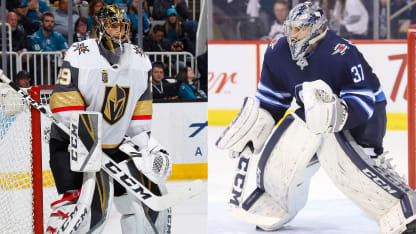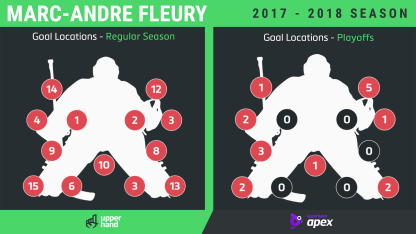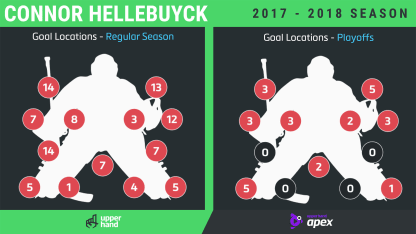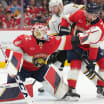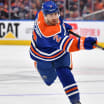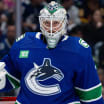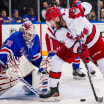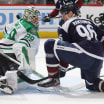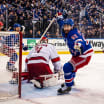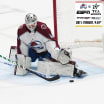Clean shots: Hellebuyck was also above the 21.9 percent average for clean-shot goals when he was set and could see the release, with 30 percent in the regular season and 25.9 percent in the playoffs, including four on the glove side against Nashville. He got caught drifting and shifting on two shots down the left wing, and was pushing into the middle when he got beat short side on good 1-on-1 chances down the right side. Good shots by good players were a factor, but that tendency to move before or while making a save was costly and continues to play a role in against the grain goals, when the play is moving one way and then shot or pulled back in the other direction. Hellebuyck was worse than the 14.8 percent average during the regular season (21 percent, including seven clean shots), and so far in the playoffs (25.9 percent).
Blocker, not glove: One of the biggest changes Hellebuyck made last season was his glove position, which he used to hold unusually low along the edge of his pad, leaving him over-reliant on his elbow to make chicken wing saves high. His numbers were all higher than the average above the pad on the blocker side, however, and accounted for 43 percent of his tracked goal total. Unlike the glove, he has a tendency to turn and pull away on high blocker shots rather than cutting them off in front of him, which contributes to more pucks under that arm.
